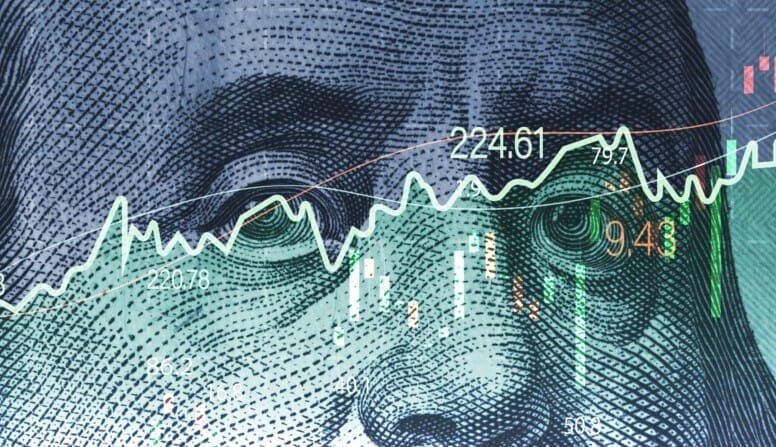A quest for manager and fund strategy diversification has led the largest pension fund in the world, Japan’s Government Pension Investment Fund, to reach a decade-high allocation to active global equities.
Actively managed assets now make up 17.8 per cent of GPIF’s ¥61.9 trillion ($423.6 billion) foreign equities portfolio as of March 2025, according to its annual report published last week.
Across the whole fund, the proportion of active management is also increasing in domestic bonds, while foreign bonds and domestic equities are trending towards passive.
Percentage split of passive and active investment
| FY2015 | FY2020 | FY2024 | ||
| Domestic bonds | Passive | 82.50 | 72.93 | 54.33 |
| Active | 17.50 | 27.07 | 45.67 | |
| Foreign bonds | Passive | 64.94 | 76.12 | 96.00 |
| Active | 35.06 | 23.88 | 4.00 | |
| Domestic equities | Passive | 81.52 | 92.97 | 95.40 |
| Active | 18.48 | 7.03 | 4.60 | |
| Foreign equities | Passive | 84.15 | 87.99 | 82.20 |
| Active | 15.85 | 12.01 | 17.80 | |
| Total | Passive | 79.28 | 82.69 | 81.84 |
| Active | 20.72 | 17.31 | 18.16 |
Source: GPIF 2024 annual report
The overhaul of GPIF’s active equities portfolio, whose centrepiece is a “scientific framework” of manager selection, began in 2021 when the seven active foreign equity managers GPIF employed at the time simultaneously underperformed their benchmarks.
Last fiscal year, the $1.7 trillion pension fund said it had finished dividing the active equity portfolio into four regions: North America, domestic, developed markets excluding Japan, and developed markets excluding North America.
The portfolio now consists of 103 funds, including active funds and completion portfolios called “beta balancers”, with a value of ¥17 trillion ($116 billion). The number increased fivefold compared to five years ago when GPIF only invested in 20 active funds.
Wake-up call
The underperformance of the seven active managers in FY2021 was a wake-up call for GPIF, as the correlation of each fund’s excess returns increased when market volatility surged in the second half of that fiscal year due to Russia’s invasion of Ukraine.
GPIF immediately reduced its active equity allocation by ¥2 trillion that year as it considered how to reduce concentration risk that comes from allocating to similar funds.
The solution it came up with was a new “scientific framework” of manager selection, which uses quantitative and statistical models to analyse investment styles. It will identify managers and funds that can deliver consistent, “style-adjusted alpha” by evaluating a fund’s performance against a benchmark in their intended investment universe – for example, a small cap fund in the US will not be pitted against the regular benchmark dominated by large mega cap stocks.
Some passive beta balancer funds were also created to ensure the fund stays close to the benchmarks of its policy asset mix.
But despite its reboot, the total active equity portfolio underperformed the benchmark by ¥71.6 billion ($487.2 million) in FY2024.
The beta balancers weren’t able to offset the active risks sufficiently due to some market events driving significant price movements above GPIF’s expectations. In the annual report, Yoshizawa Yusuke, who rose from the deputy position to become the CIO this April, pointed to the sharp drop of Japanese equities last August partially triggered by a surprise rate rise from the nation’s central bank, and surge in some US stocks between October and December prior to the US presidential election.
Expanding the manager pool has been a focus of GPIF in recent years, as the fund last year scrapped several hurdles – such as AUM and years of service requirements – for smaller and upcoming managers who want to offer their services. GPIF invested with 41 managers and 216 external funds across all asset classes as of this March.
Modest return
GPIF logged a modest 0.71 per cent total fund gain in FY2024 and a 4.2 per cent annual rate of return since FY2001. Foreign equities was the biggest contributor last fiscal year with a 6.62 per cent return while domestic bonds saw the biggest loss of 4.47 per cent.
The fund’s asset allocation consists of domestic bonds (27.64 per cent), foreign bonds (24.37 per cent), domestic equities (23.94 per cent) and foreign equities (24.05 per cent), combining with a 1.63 per cent alternatives allocation. It reduced foreign equities and added mainly to domestic bonds during FY2024 due to rebalancing.
Over the last decade, the proportion of actively managed domestic bonds shot up from 17.5 per cent to now represent 45.67 per cent of the asset class. The reverse trend is seen in foreign bonds whose share of actively managed assets dropped from 35.05 per cent to 4 per cent.
GPIF said it terminated various “comprehensive active funds” in foreign bonds as it became difficult to control foreign exchange, interest rates and credit risks. Instead, it has been enhancing its lineup of region-specific and security-type-specific passive funds.
In alternatives, GPIF invested in four infrastructure projects, two private equity deals, and one real estate deal during FY2024.
GPIF revised its policy asset mix for the five years beginning this April, after six rounds of discussions with the board of governors. Due to its size, the fund’s investment strategy tends to influence other asset owners in Japan such as corporate pension plans and the asset mix tends to be closely monitored.
The target asset allocation is still split equally four ways between domestic and foreign bonds and equities, but it has introduced tighter deviation limits for each asset class.
Alternatives have an upper limit of a 5 per cent allocation and each asset is classified into one of the four equity/bond asset classes depending on its return profile.


